Mastering JavaScript is essential for every web developer and programmer seeking to excel in their craft. With its ubiquity and versatility, JavaScript has become the backbone of modern web development, powering interactive and dynamic features that enhance user experience. In the definitive guide, “Master JavaScript Essentials: Conquer 100+ Concepts,” we delve into the depths of this powerful language to equip you with the knowledge and skills to navigate through its intricacies and harness its full potential.
In this comprehensive guide, we have meticulously curated over 100 crucial JavaScript concepts, covering everything from fundamental syntax and data types to advanced topics like object-oriented programming and functional programming. Whether you are a beginner taking your first steps in JavaScript or an experienced developer looking to reinforce your foundations, this ultimate resource offers a structured approach to mastering the language. Each concept is explained in detail, accompanied by practical examples and insightful explanations, giving you the necessary tools to write efficient, clean, and robust JavaScript code. Embark on a transformative learning journey that will empower you to build powerful web applications, create stunning user interfaces, and uncover limitless possibilities with JavaScript.
Understanding the Fundamentals of JavaScript
Exploring Advanced JavaScript Concepts
Practical Applications of JavaScript in Web Development
Mastering JavaScript Libraries and Frameworks
Tools and Resources to Enhance Your JavaScript Skills
Understanding the Fundamentals of JavaScript
Understanding the Fundamentals of JavaScript
JavaScript is a powerful programming language that plays a crucial role in front-end web development. Having a solid understanding of its fundamentals is essential for any developer looking to build dynamic and interactive websites. In this section, we will delve into the core concepts that form the foundation of JavaScript, providing you with a comprehensive understanding of how the language works.
At its core, JavaScript is a scripting language designed to add interactivity to HTML pages. It enables developers to write code that can be executed by web browsers, allowing them to create dynamic content that adapts and responds to user actions. However, before diving into the intricacies of the language, it is important to grasp a few fundamental concepts.
Variables are a fundamental building block of any programming language, and JavaScript is no exception. A variable is a container that stores a value, which can be a number, a string of text, a boolean, or even more complex data structures. In JavaScript, variables are declared using the “var”, “let”, or “const” keywords. Understanding how to declare and manipulate variables is crucial for any developer starting their JavaScript journey.
Data types are another key concept to comprehend when working with JavaScript. JavaScript has several built-in data types, including numbers, strings, booleans, objects, arrays, and functions. Each data type serves a specific purpose and comes with its own set of operations and methods. Being familiar with the different data types and how to work with them will enable you to manipulate and process data effectively.
JavaScript is an object-oriented language, which means that objects play a significant role in its structure. An object is a collection of properties, which are key-value pairs. Properties can be accessed and modified using dot notation or bracket notation. Understanding how to create and work with objects is essential for developing more complex applications.
Conditional statements allow developers to control the flow of their programs based on certain conditions. JavaScript provides several conditional statements such as “if”, “else if”, and “else”, which allow developers to execute different blocks of code depending on whether a condition is true or false. Knowing how to use conditional statements empowers developers to create more dynamic and responsive applications.
Looping is another crucial aspect of JavaScript, as it allows developers to repeat a block of code multiple times. JavaScript provides different types of loops, including the “for”, “while”, and “do-while” loops. By utilizing looping constructs, developers can efficiently process large amounts of data and automate repetitive tasks.
Functions are an essential concept in JavaScript, allowing developers to encapsulate reusable blocks of code. A function is a block of code that can be called and executed whenever needed. JavaScript allows for the creation of both built-in functions and user-defined functions. Being able to understand and write functions is vital for code organization and reusability.
Exception handling is critical for ensuring the stability of your JavaScript applications. JavaScript provides try-catch blocks, which allow developers to handle and recover from errors that may occur during program execution. By implementing proper exception handling, developers can create more robust applications that gracefully handle unexpected situations.
In conclusion, understanding the fundamentals of JavaScript is paramount for any developer looking to build dynamic and interactive websites. By grasping concepts such as variables, data types, objects, conditional statements, looping, functions, and exception handling, you will possess a strong foundation to build upon. Taking the time to master these fundamental concepts will pave the way for more advanced JavaScript development and empower you to create engaging user experiences.
Exploring Advanced JavaScript Concepts
Exploring Advanced JavaScript Concepts
JavaScript is a powerful and versatile programming language that is widely used for both front-end and back-end development. While gaining proficiency in the fundamentals of JavaScript is essential, delving into advanced concepts can elevate your programming skills to a whole new level. In this section, we will explore some of these advanced JavaScript concepts that will truly make you a master of the language.
One of the first advanced concepts to explore is higher-order functions. JavaScript allows functions to be passed as arguments to other functions or returned as values. This higher-order function capability opens up a whole new world of possibilities. With the use of higher-order functions, you can create more flexible and reusable code by encapsulating common functionality within functions, simplifying complex algorithms, and controlling flow.
Closures are another advanced concept worth exploring. Closures allow functions to remember and access variables from the outer scope, even after the outer function has returned. This powerful feature enables you to create self-contained, private data within functions, leading to more secure and modular code. Closures are often used in scenarios where you need to maintain state or data encapsulation, such as in event handling or asynchronous programming.
Asynchronous JavaScript, powered by concepts like callbacks, promises, and async/await, is an essential area to dive into. Asynchronous programming allows you to execute non-blocking operations, ensuring that your code doesn’t freeze while waiting for things like data fetching or file operations. Understanding how to handle asynchronous tasks efficiently is crucial for building responsive and performant applications.
In recent years, functional programming has gained popularity in the JavaScript community. Functional programming is a paradigm that emphasizes immutable data, pure functions, and the avoidance of side effects. By embracing functional programming principles, you can write code that is more concise, modular, and easier to reason about. Concepts like immutability, higher-order functions, and lambda expressions are fundamental to diving into functional programming with JavaScript.
Another advanced concept worth exploring is error handling and debugging. JavaScript provides powerful tools and techniques for handling errors and debugging code. Understanding how to effectively catch and handle exceptions, debug code using browser developer tools, and log appropriate error messages is crucial for maintaining the stability and quality of your applications.
Building scalable and maintainable applications often requires the use of design patterns. Design patterns are reusable solutions to common programming problems. Some commonly used design patterns in JavaScript include the Observer pattern, the Factory pattern, and the Singleton pattern. Understanding these patterns and their applications can significantly enhance the structure and organization of your codebase.
Lastly, mastering advanced JavaScript concepts involves understanding the inner workings of the language itself. Concepts like hoisting, prototype inheritance, the event loop, and execution context play a crucial role in understanding how JavaScript code is executed. Exploring these concepts allows you to write more efficient and optimized code, as well as enabling you to navigate advanced topics like performance optimization and memory management.
In conclusion, exploring advanced JavaScript concepts is a critical step toward mastering the language and becoming a proficient developer. By delving into topics like higher-order functions, closures, asynchronous programming, functional programming, error handling, design patterns, and the inner workings of JavaScript, you can take your coding skills to the next level. These advanced concepts not only enable you to write more flexible and efficient code but also equip you with the tools needed to tackle complex programming challenges with confidence and creativity.
Practical Applications of JavaScript in Web Development
Practical Applications of JavaScript in Web Development
JavaScript is a versatile programming language that plays a crucial role in modern web development. With its wide range of functionalities and powerful features, JavaScript enables developers to create dynamic and interactive web pages that enhance user experience. In this section, we will explore some of the practical applications of JavaScript in web development and how it is utilized to bring websites to life.
One of the most common applications of JavaScript is form validation. Form validation ensures that the data submitted through web forms is accurate and complies with the required format. JavaScript allows developers to implement real-time validation by checking the input data as users fill out the form. By providing instant feedback to users, JavaScript enhances the usability of web forms and reduces errors in data submission.
Moreover, JavaScript is widely used to create interactive user interfaces. With JavaScript, developers can add dynamic elements to web pages, such as dropdown menus, sliders, and accordions, among others. These interactive components enhance the user experience by allowing them to interact with the web page more engagingly and intuitively. JavaScript also enables developers to create responsive layouts and adapt the web page’s content based on the user’s device or screen size.
Another important application of JavaScript is asynchronous programming. JavaScript allows developers to perform tasks asynchronously, meaning that the execution of a particular task doesn’t block the rest of the code from running. This is particularly useful when making server requests or fetching data from external APIs. By using JavaScript’s asynchronous capabilities, developers can create web applications that load and update data in the background without interrupting the user’s interaction with the page.
JavaScript is also extensively used for client-side storage. With JavaScript’s built-in local storage and session storage, developers can store data on the client’s browser itself, allowing for a richer and more personalized user experience. This is especially relevant for web applications that require offline capabilities or need to remember certain user preferences or settings.
One of the most powerful aspects of JavaScript is its ability to manipulate the Document Object Model (DOM). The DOM represents the structure of an HTML document and allows developers to access and modify its elements dynamically. Using JavaScript, developers can change text content, and style, or add and remove elements from the web page in real-time. This capability enables web developers to create interactive and visually appealing websites that respond to user actions.
Finally, JavaScript is crucial for implementing browser-based games and animations. With the help of JavaScript libraries and frameworks, developers can create complex and interactive games directly within the web browser. JavaScript offers numerous features for animations as well, allowing developers to create visually stunning effects and transitions that captivate the user’s attention.
In conclusion, JavaScript has become an integral part of web development due to its versatility and powerful features. From form validation to creating interactive user interfaces, from asynchronous programming to client-side storage, and from manipulating the DOM to implementing browser-based games and animations, JavaScript provides developers with endless possibilities to enhance the functionality and interactivity of web pages. Mastering JavaScript is undoubtedly essential for any web developer looking to create cutting-edge and engaging web applications.
Mastering JavaScript Libraries and Frameworks
Mastering JavaScript Libraries and Frameworks
In today’s technology-driven world, web development has become an integral part of various industries. JavaScript, being one of the most popular programming languages, plays a significant role in the development of dynamic and interactive websites and web applications. To amplify its capabilities and make development more efficient, JavaScript libraries and frameworks have emerged as essential tools for developers.
JavaScript libraries provide a collection of pre-written functions and utilities that simplify the coding process. These libraries contain reusable code that can be easily integrated into a project, saving developers valuable time and effort. One such widely used library is jQuery, which simplifies HTML document traversing, event handling, and animating.
With its clean and concise syntax, jQuery allows developers to write less and achieve more. By using jQuery, developers can effortlessly manipulate the DOM (Document Object Model) and add interactivity to their web pages. Its extensive plugin ecosystem enables the easy integration of advanced functionalities, enhancing the overall user experience.
Another notable library is React, developed by Facebook. React is widely acknowledged for its capability to build reusable UI components. By utilizing a virtual DOM, React allows developers to efficiently update only the necessary parts of a web page, resulting in improved performance. Its component-based architecture promotes modularity and reusability, thus making it easier to manage complex web applications.
In addition to libraries, JavaScript frameworks provide a complete structure for building web applications. These frameworks dictate the overall architecture and provide an organized approach to development, ultimately increasing productivity. One such popular framework is Angular, developed by Google. Angular offers a comprehensive set of tools and features to develop robust and scalable applications.
With its powerful templating system, Angular allows developers to create dynamic and data-driven web applications effortlessly. Its two-way data binding simplifies the synchronization of data between the model and view, ensuring real-time updates. Angular also provides a robust dependency injection system, facilitating the management of dependencies and promoting a modular design.
Furthermore, Vue.js has gained popularity for its simplicity and versatility. It is a lightweight framework that offers powerful data binding and component-based development. Vue.js prioritizes ease of use and allows developers to incrementally adopt its features. It can be integrated seamlessly into existing projects, making it a preferred choice for developers looking to enhance their applications without significant changes.
Mastering JavaScript libraries and frameworks requires a comprehensive understanding of their features, functionalities, and best practices. By leveraging the power of libraries and frameworks, developers can significantly improve their efficiency and deliver high-quality web applications.
However, it is essential to keep in mind that using libraries and frameworks effectively requires continuous learning and staying up-to-date with the latest trends and advancements in the JavaScript ecosystem. Regularly exploring the documentation, attending workshops, and engaging in online communities can help developers deepen their knowledge and overcome challenges they may encounter.
In conclusion, JavaScript libraries and frameworks are invaluable tools for modern web developers. By demonstrating proficiency in utilizing these tools, developers can streamline their workflow, build scalable applications, and deliver exceptional user experiences. Mastering JavaScript libraries and frameworks is a continuous journey that empowers developers with the skills needed to tackle complex web development projects successfully.
Tools and Resources to Enhance Your JavaScript Skills
JavaScript is a powerful and versatile programming language that is widely used for developing dynamic and interactive websites. To truly master JavaScript, it is essential to have the right tools and resources at your disposal. In this section, we will explore several tools and resources that can enhance your JavaScript skills and make your coding experience more efficient and productive.
One essential tool for any JavaScript developer is a good integrated development environment (IDE) or code editor. IDEs such as Visual Studio Code, WebStorm, and Atom offer features like syntax highlighting, code completion, and debugging capabilities, making it easier to write, test, and debug your JavaScript code. These tools provide a user-friendly interface that streamlines the development process and increases productivity.
Another valuable resource for JavaScript developers is online communities and forums. Websites like Stack Overflow, Reddit, and GitHub provide platforms for developers to ask questions, share knowledge, and collaborate on projects. These communities are home to a vast pool of experienced developers who are always ready to help with any JavaScript-related queries. Engaging with these communities can expose you to alternative approaches and best practices, broadening your understanding of JavaScript.
Documentation is another crucial resource for enhancing your JavaScript skills. The official documentation for JavaScript provides detailed explanations of various language features, functions, and methods. It serves as an invaluable reference when you encounter unfamiliar syntax or need to learn more about a specific concept. Additionally, many JavaScript libraries and frameworks offer comprehensive documentation that guides developers through their usage and implementation.
In addition to documentation, online tutorials and courses are excellent resources for advancing your JavaScript skills. Platforms like Udemy, Coursera, and FreeCodeCamp offer a wide range of courses that cater to different skill levels, from beginners to advanced users. These courses provide structured learning experiences and hands-on practice, allowing you to dive deep into JavaScript and practice real-world scenarios. Taking advantage of these educational resources can significantly enhance your understanding and proficiency in JavaScript.
Testing is a critical aspect of JavaScript development, and having the right tools can make it easier to write and maintain test cases. Frameworks like Jest, Mocha, and Jasmine provide powerful testing capabilities, allowing you to write and automate tests for your JavaScript code. These frameworks offer features like test runners, assertions, and mocks that facilitate the testing process and ensure the reliability and stability of your code.
Lastly, staying up-to-date with the latest trends and advancements in JavaScript is crucial for continuous growth as a developer. Subscribing to newsletters, following influential JavaScript blogs, and attending conferences or meetups are fantastic ways to stay informed about the latest updates and emerging technologies in the JavaScript ecosystem. These resources provide insights into new frameworks, libraries, and techniques, expanding your knowledge base and enabling you to stay ahead of the curve.
In conclusion, mastering JavaScript requires not only hands-on experience and practice but also leveraging the right tools and resources. A good IDE, online communities, documentation, tutorials, testing frameworks, and staying informed are all essential components of enhancing your JavaScript skills. By making use of these tools and resources, you can enhance your productivity, expand your knowledge, and conquer over 100 JavaScript concepts, paving the way for success in your JavaScript journey.
In conclusion, “Master JavaScript Essentials: Conquer 100+ Concepts in Your Ultimate Guide” provides a comprehensive and invaluable resource for individuals aiming to master the intricacies of JavaScript. This ultimate guide covers a wide range of concepts, ensuring that readers develop a strong foundational understanding of this powerful programming language. From fundamental concepts to more advanced techniques, this guide offers clear explanations, practical examples, and challenging exercises that facilitate the learning process. By diligently working through the concepts presented in this guide, readers will gain the necessary skills and confidence to excel in JavaScript development. “Master JavaScript Essentials” is an essential tool for aspiring programmers, experienced developers, and anyone seeking to leverage the full potential of JavaScript in their endeavors. With its thorough coverage and practical approach, this guide is set to become an indispensable companion for professionals in the ever-evolving world of web development.
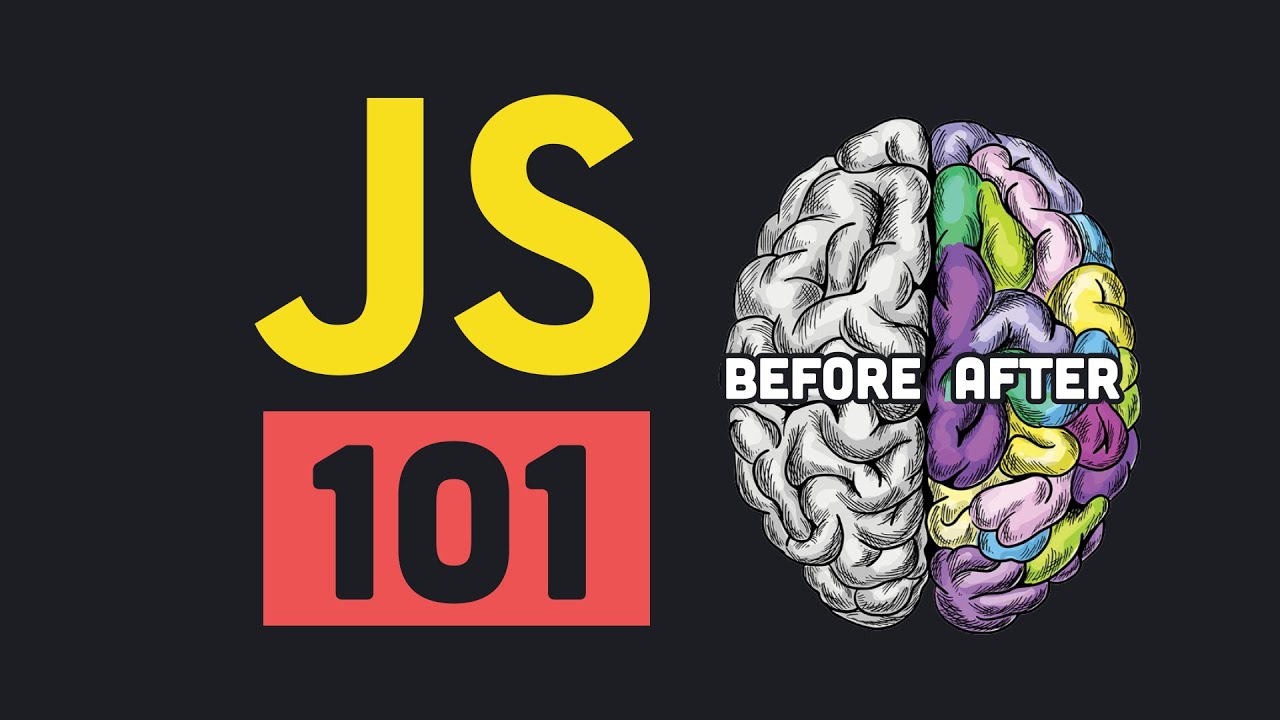
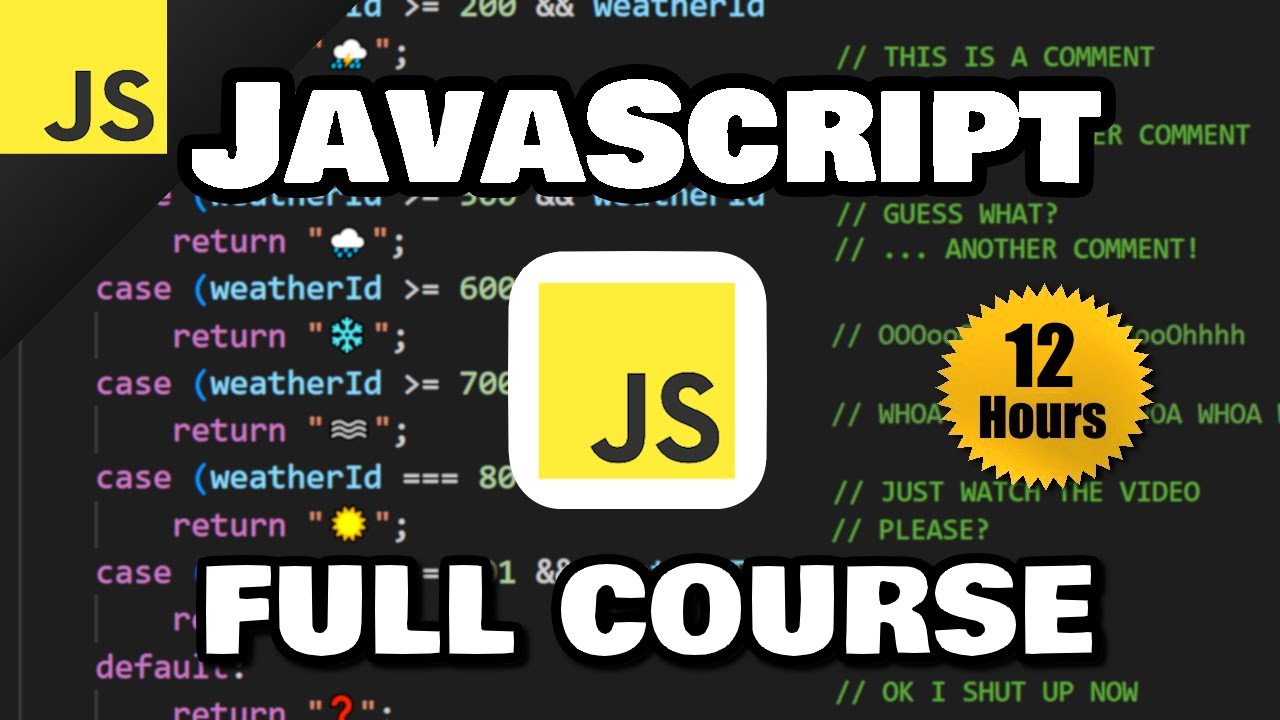
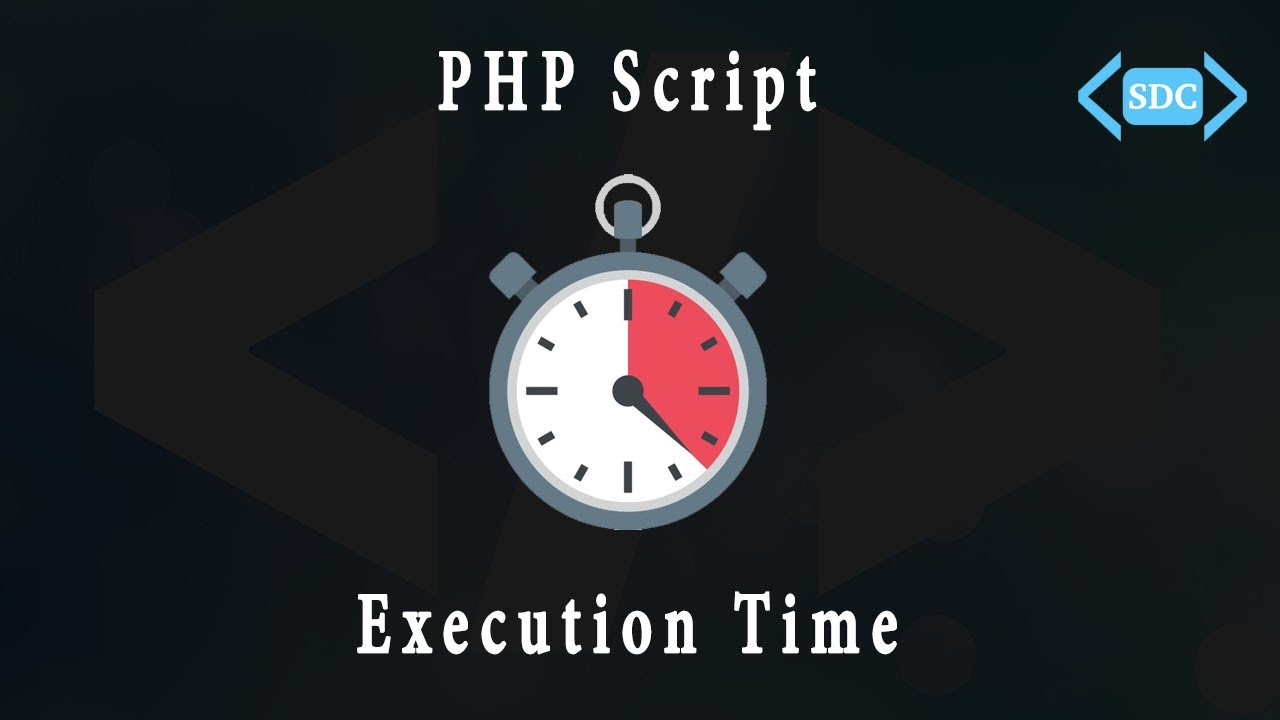
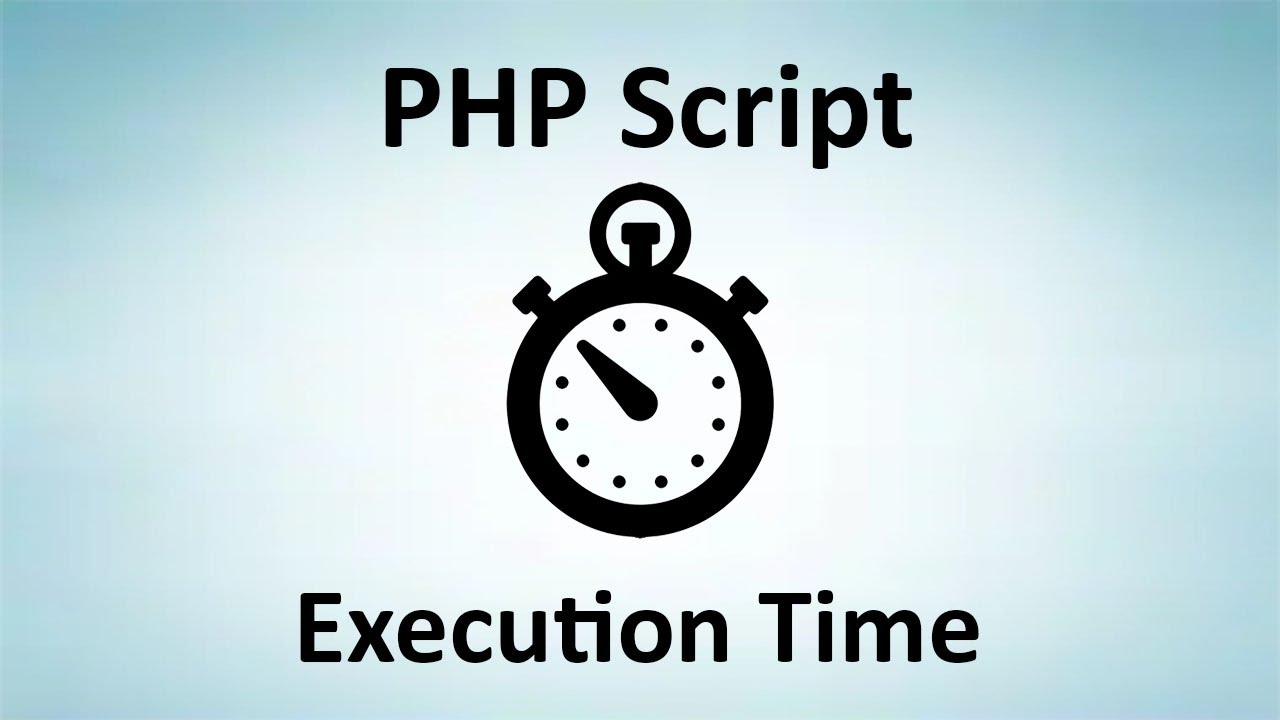




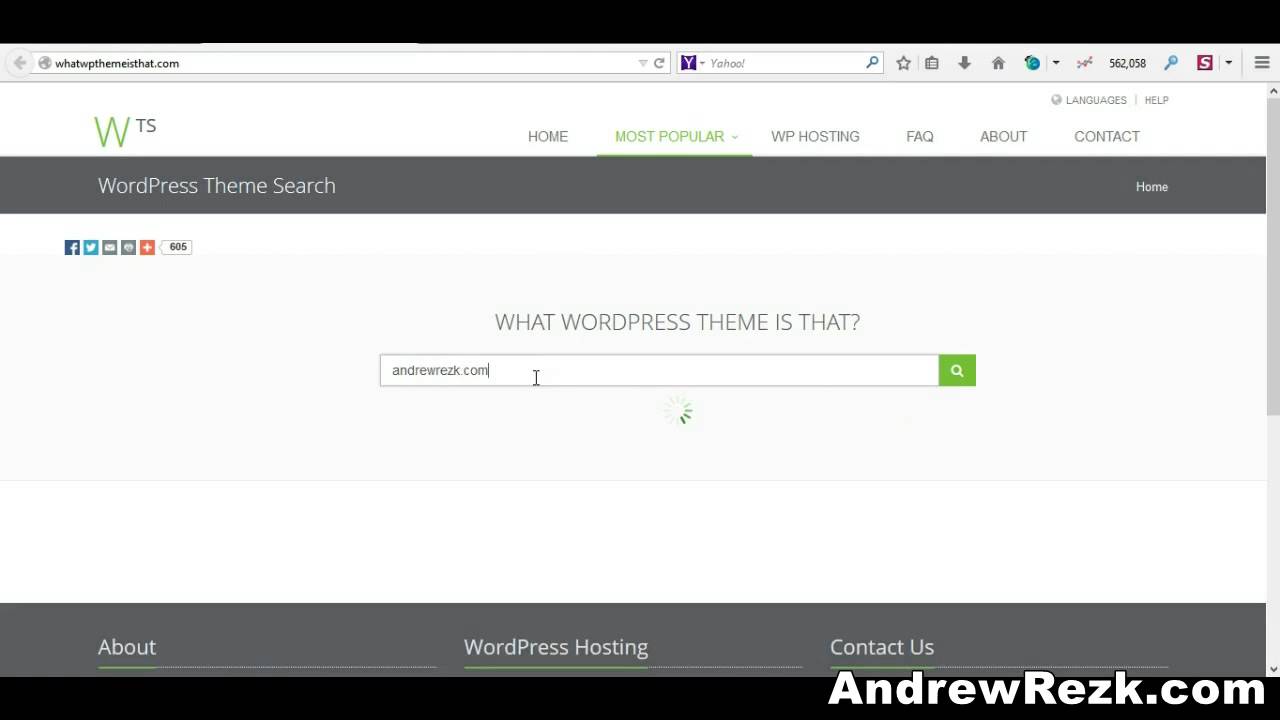











The full JavaScript course is live… And use code BLACKFIRE to lock-in a 40% discount on a PRO membership forever! (expires Nov 30) https://fireship.io/courses/js
Good afternoon
That's insanely Amazing how he covered everything in just 12 minutes, Thanks alot Jeff!
Started learning programming and wen development last week, this video just ignited my head and it hurts…
I think this is a complete JS course 💯
Super fast…
Crystal clear..
Chrisp..
Amazing video ever
Thank you Author ❤
can someone tell me this theme name?
im halfway through Meta's Front end dev courses and you help me more in one video. THANK YOU!
If functions are objects… it explains my luck with women.
The question is what to learn next after JavaScript as far as an another programming language?
You are talking over my head. I need a tutorial more basic.
Now I really can make my own server ** thanks boy
ᱡᱚᱦᱟᱨ ᱜᱮ🙏🙏🙏
WHAT IS UR IDE
useful
This is too much for my little brain
This is a really cool video! The kind of overview I needed of the language, complete and without distractions, thanks!
11:58 but a bitxh ain't one 😂
Most common is const
…got it
This one has everything. Facts, humour, and even a bit of emotion – console.log('hi mom')
bro talking about js im just here learing fortran save me bro from fortran
funny and usefull video at the time 😍
Great video as always!
The way I learned javascript is I never learned javascript because it has no rules and I like rules.
too fast
I searched for the motivation I need to learn js, and this came up sounds so poetic thank you!
I use this video as a guide to show where I'm at with learning code in general and as of right now, I can safely say that I made it about 7:30 seconds in before saying "wtf".
JS of your brain
Oh my god i know all of this 😅 and still i say i dont know i am idiot 😅
Is this a Borat reference with 'greatSuccess' at 8:24 ? 👀
it's better than anything in the world!
cool video)
The goat is setInterval.
let intervalId;
setInterval(intervalId)
clearInterval(intevalId)
I'm not even into js and I understood 80% of it
Typeof new Object is a function because it's constructor in the prototype chain is a function or something like that. Whilst almost anything else made with new keyword is an Object… I'm fuming rn.
💪😎
I am surprised that you didn't mention the import / require hell when you mentioned modules 😂
JavaScript was created in 1995.
The idiocracy reference 🖤😂
Actually It's not ugly
All concepts
1. Web Browser 0:43
2. Html 0:55
3. High Level 0:58
4. ECMA 1:07
5. WASM 1:11
6. Runtime 1:16
7. Scripting Language 1:23
8. Browser Dev Tools 1:26
9. Interpreted 1:34
10. V8 Engine 1:42
11. Just In Time Compilation 1:47
12. Script Tag 2:00
13. Src Attribute 2:04
14. Console Log 2:06
15. Let 2:17
16. Dynamically Typed 2:25
17. Primitive 2:30
18. Mutable 2:06
19. Undefined 2:41
20. Null 2:46
21. String 2:50
22. Object 2:54
23. Semicolons 3:00
24. Const 3:13
25. Var 3:21
26. Lexical Environment 3:29
27. Global Scope 3:35
28. Function 3:50
29. Local Scope 3:43
30. Block Scope 3:46
31. Hoisting 3:55
32. Function Definition 4:00
33. Arguments 4:06
34. Return 4:10
35. Function Expression 4:14
36. Higher Order Function 4:19
37. Closures 4:26
38. Call Stack 4:31
39. Heap 4:40
40. this 4:51
41. Window Or Global 5:02
42. Bind 5:11
43. Arrow Function 5:16
44. Anonymous 5:22
45. Passed By Value 5:30
46. Passed By Reference 5:36
47. Object Literal 5:46
48. Object Constructor 5:52
49. Property 5:56
50. Prototype Chain 6:00
51. Inheritance 6:11
52. OOP 6:19
53. Classes 6:22
54. Constructor 6:25
55. Get/Set 6:34
56. Instance Method 6:39
57. Static Method 6:42
58. Array 6:46
59. Set 6:53
60. Map 6:56
61. Garbage Collection 7:05
62. Weakmap & Weakset 7:16
63. Event Loop 7:26
64. Sync 7:32
65. Async 7:36
66. Single Threaded 7:49
67. SetTimeOut 7:56
68. CallBack 8:04
69. CallBack Hell 8:12
70. Promise 8:18
71. Resolve 8:24
72. Reject 8:30
73. Then/Catch 8:33
74. Async 8:40
75. Await 8:46
76. Try/Catch 8:51
77. ES Modules 9:00
78. Default Import/Export 9:07
79. Named Import/Export 9:19
80. NPM 9:27
81. Node Modules 9:32
82. Package.JSON 9:36
83. DOM 9:45
84. Document 9:52
85. QuerySelector 10:00
86. CSS Selector 10:04
87. Element 10:10
88. QuerySelectorAll 10:16
89. Event 10:25
90. Imperative 10:34
91. Declarative 10:42
92. Components 10:48
93. Data Binding 10:58
94. Module Bundling 11:05
95. Network Waterfall 11:19
96. Dynamic Imports 11:28
97. Node.JS 11:35
98. Express 11:40
99. Cross Platform 11:45
100. TypeScript 11:54
101. ESLint07 12:01
"Java is Key"
WhAT i CaN TuRn My lEfT SiDeBraIn iN To AcolOr FulL rIGht SiDe bRain?!
Wow! I’m so excited to write my react app now! Surely there can’t be this horrible underworld of incompatible packages
so sorry java script have a role in life where java must be written as java for teacher java rule and love to student
Thank Jeff. This video didn't help me in anyway other than knowing the topics that I need to study to master JS!
so this is what they call information overload. in a good way
0:49 Never thought I'd see this video in the wild